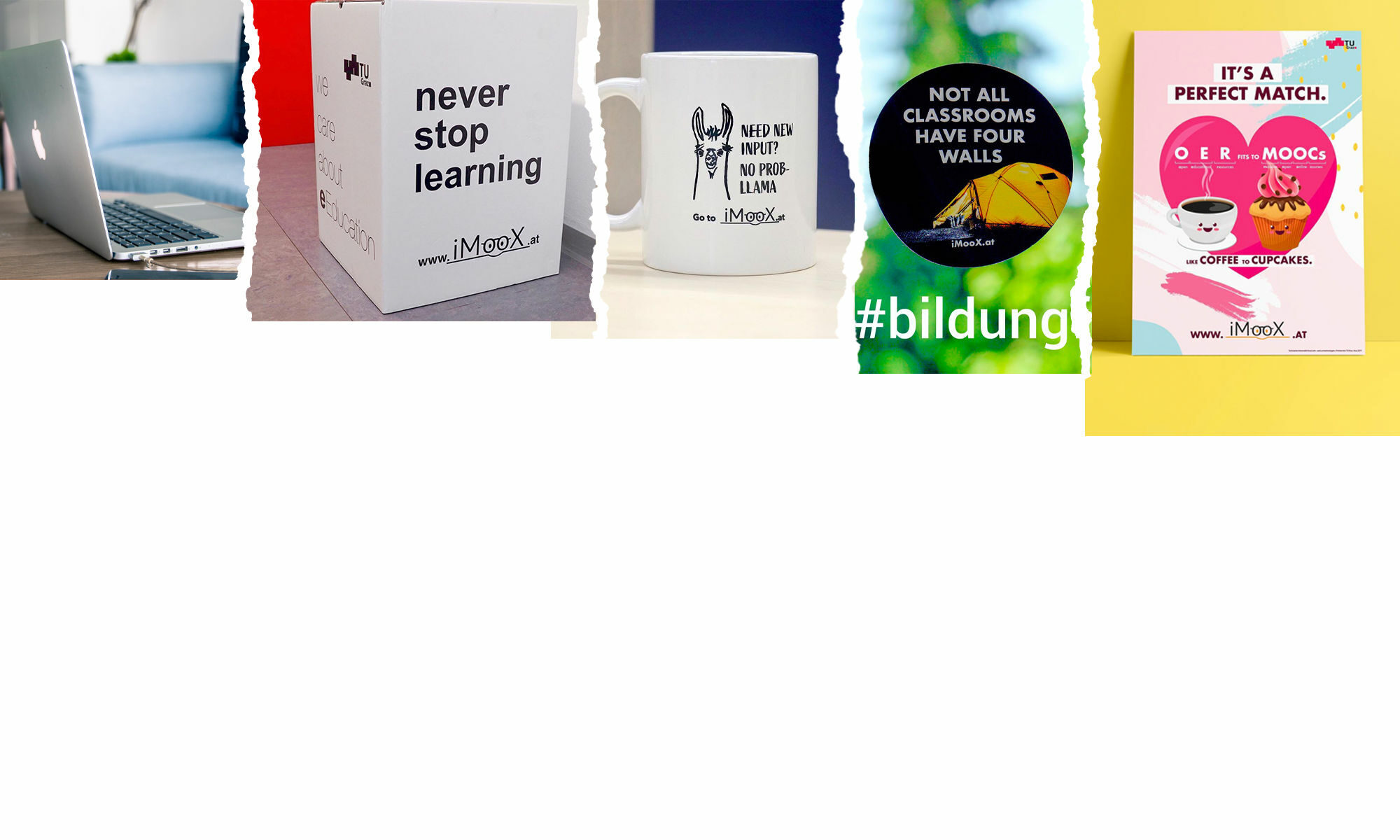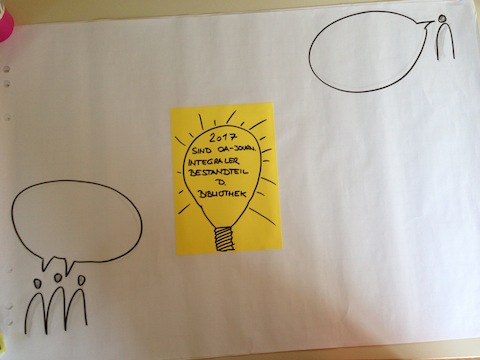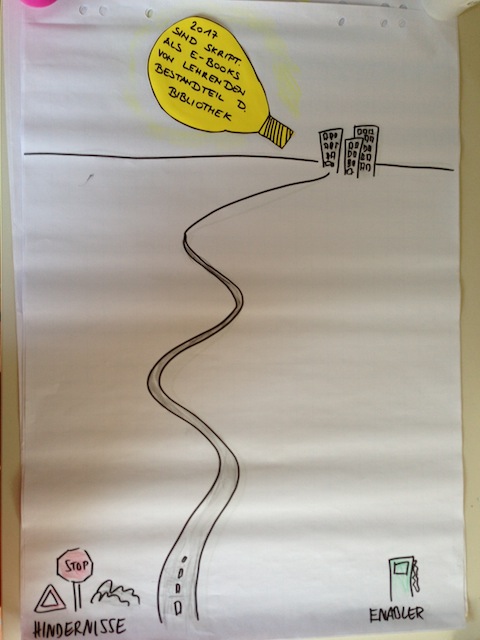Our publication on „Survival of the Fittest – Utilization of Natural selection Mechanisms for Improving PLE“ at EFEPLE11 Workshop in France is now online available – the slides you will find here.
Abstract:
In the current ongoing work we propose the use of tracking and feedback mechanisms in order to improve our Personal Learning Environment (PLE), officially launched in October 2010. The approach can be seen as a necessary prerequisite similar to the darwinistic model of evolution. This means the implemented widgets will be improved (variation) and removed (selection) according to the observations. This paper will describe the backgrounds, methods and some details of the technical implementation.
Reference: Taraghi, B., Stickel, C., Ebner, M. (2011) Survival of the Fittest – Utilization of Natural selection Mechanisms for Improving PLE, 1st Workshop on Exploring the Fitness and Evolvability of Personal Learning Environments (EFEPLE’11), Held at the 2nd STELLAR Alpine Rendez‐Vous (ARV) in the French Alps, March 27‐31




